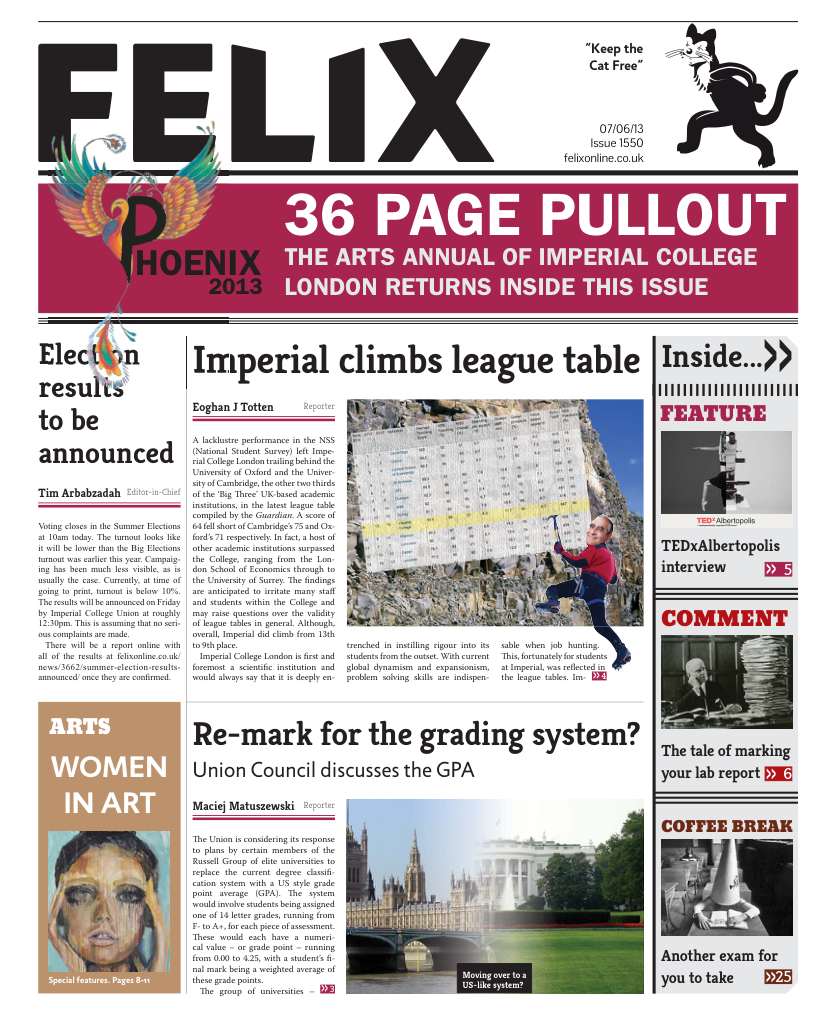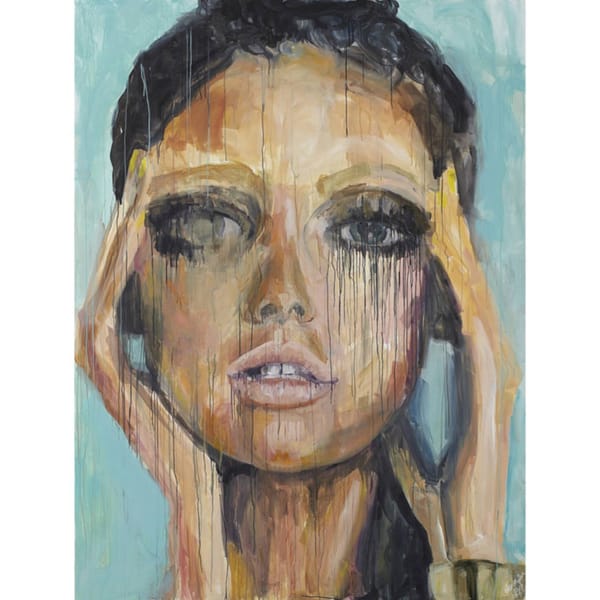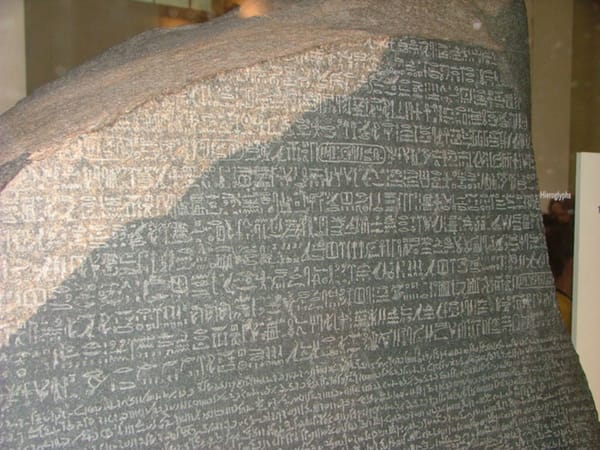Where are the female artists?
Guerrilla girls going ape
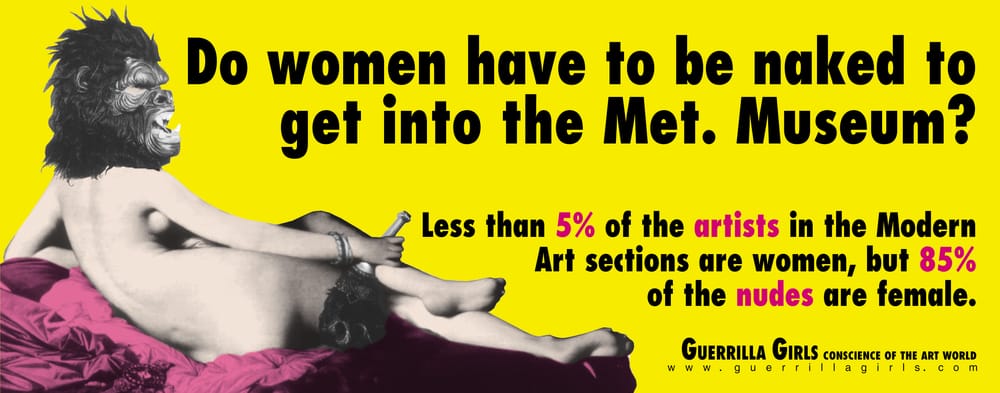
From Nick Ross’ recent comments about rape, to the on-going campaign against ‘Page 3’, it seems that barely a day goes past without a reminder of the constant need for feminism. A couple of months ago a new website was started that provides yet more evidence for feminism’s role in society. ‘100% Men’ aims to reveal ‘corners of the world where women have yet to tread’, exposing places where female representation is sorely lacking. However, while it may not seem surprising that there has never been a female president of the Royal Society, or that male MPs outnumber female ones 4:1, under representation of women extends far into some surprising facets of life.
The artistic world, which is often held up as an egalitarian beacon of hope, is also guilty of preferring men over women, especially within the visual arts. The Tate Modern may have just opened a retrospective of the Lebanese abstract artist Saloua Raouda Choucair, but in the Tate Britain’s lauded new re-hang, which they describe as ‘a circuit of Tate Britain’s unparalleled collection, from beginning to end’, less than 8% of the works are by female artists. Women make up over 60% of art students, but only contribute to 30% of the works displayed in London’s galleries. So, with such a disparity, it is surely fair to ask: “where are the women?”
This is a question that is familiar to the Guerrilla Girls, a collective of feminist activists who combat sexism in the art world through humour and hard-hitting visuals. Founded in 1985, following the MoMA’s exhibition An International Survey of Recent Painting and Culture, in which only 13 of the 169 artists were women, they have become known for their distinctive visual style.
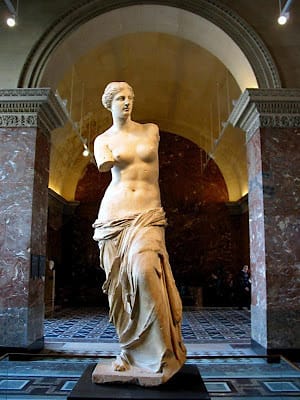
Taking on the names of dead female artists and dressing up in gorilla masks, they descend upon art galleries, leaving a trail of evidence of discrimination in their wake. One of their most famous posters is from 1989, and asks the question ‘do women have to be naked to get into the Met?’, prompted by the fact that less than 5% of the artists in the Met’s modern section were women, but 85% of the nudes were. In a recent recount they found that – despite more than 20 years of activism, during which museum curators promised to display more art by women and minority artists – the percentage of female artists had actually decreased. But why is this the case? Why are the major museums so reluctant to display works by women artists?
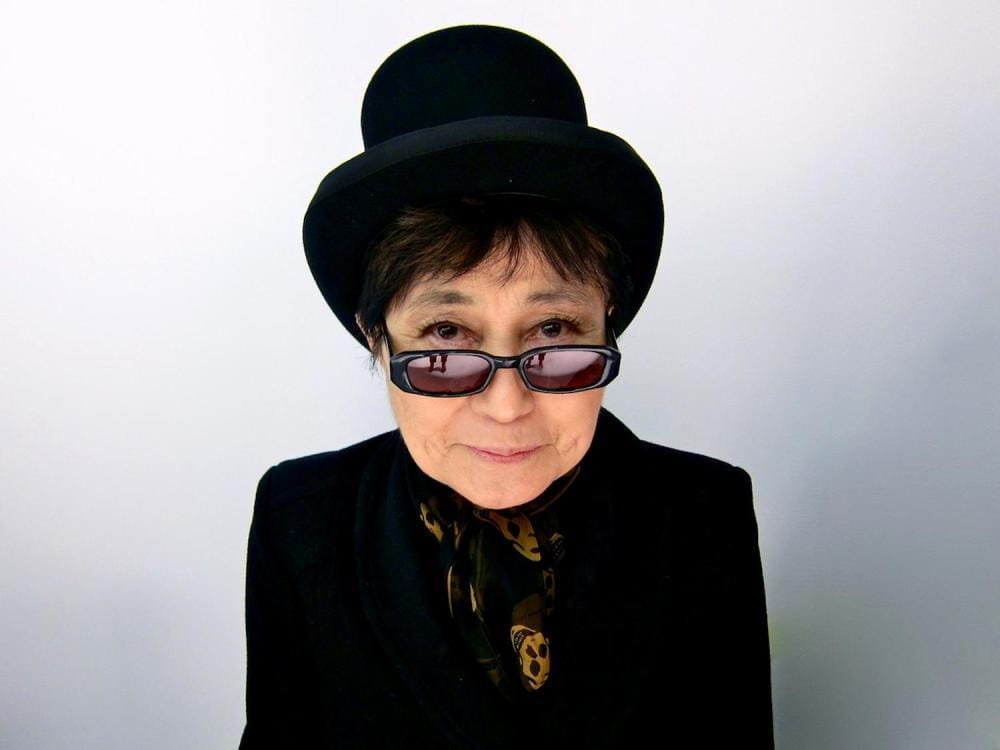
Could the disparity be down to the ‘Male Gaze’? First described by feminist film theorist Laura Mulvey in 1975, it describes the idea that in film – and indeed, within any visual art form – we are looking from the perspective of a heterosexual male. They are in control of the camera, the ones holding the brush, and therefore it is through their eyes that we see the work.
The case has been made that the female form is more visually appealingand, although it could be argued that this is only due to how entrenched the gaze is in society, perhaps this is why there are so few female artists; lacking ‘the gaze’, they find it more difficult to make work that is appealing to viewers. This could also explain the disproportionate number of female nudes – they are simply more appealing. Just as the camera lingers on a woman’s curves, so too does the artistic canon linger on the nudes of Titian, Manet, and Klimt.
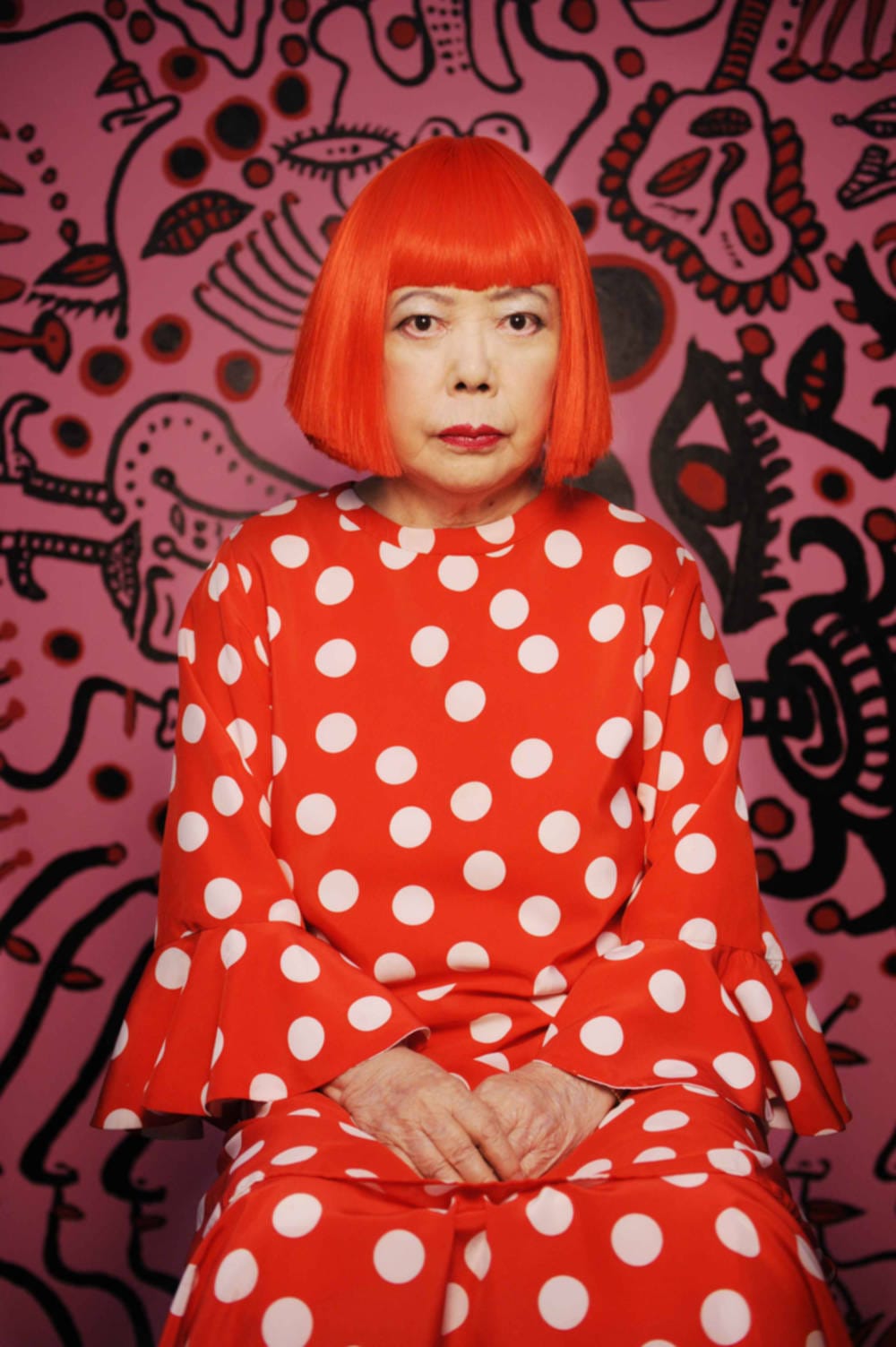
Such an explanation is simple and concise; unfortunately it is also misguided. There is no shortage of female artists exploring their own form, and yet it is rare that we get to see these portrayals. It can be seen in the work of Nan Goldin, whose puffy bruised face stares out of photos, acting as a documentation of her abuse. It can be seen in the work of Tracey Emin, whose exploration of her rape and sexuality is bold and brave. And it can be seen in the work of Hannah Wilke, whose brutal posthumous collection Intra-Venus documents her slow death from lymphoma. This work is seldom seen in galleries, and is even rarer in art history classes.
The women in these works are too real, too exposed for the general public. They have not been sanitised, their curves are not immortalised in soft colours. This view is captured by Martha Rosler in her 1977 video performance Vital Statistics of a Citizen, Simply Obtained, in which Rosler gradually strips, and her measurements are taken by a team of male scientists. It is a representation of an art world in which women exist only as objects, as a series of measurements, rather than living, breathing people.
These women have taken control of their own bodies, refusing to simply be objects on canvas, and yet they are all too often attacked for being ‘self absorbed’, their work seen as little more than a vanity project. It is a similar view that many people have towards performance art, a medium that has a long history of brilliant female artists. From Yoko Ono and Laurie Anderson, to Carolee Schneemann and Marina Abramović, there is no shortage of women creating witty, self-aware artworks; and yet, for many, performance art is seen as ‘non-art’.
Such an attitude has also been taken against the art forms historically dominated by women. Pottery, needlework, and textiles have traditionally been considered ‘women’s work’; dominated by women, they are lumped together as ‘handicrafts’, a genre completely separate – and far inferior – to the male-dominated ‘fine arts’. The Feminist Art movement of the 1970s tried to address this attitude by elevating the decorative arts to the level of the fine arts, a mission that reached its zenith with Judy Chicago’s 1979 piece The Dinner Party, in which place settings are laid out for 39 great women from history. Handcrafted table runners celebrated these women’s achievements, while the plates were decorated with images of butterflies and flowers, symbolic of vulvas, all in an effort to celebrate the decorative arts.
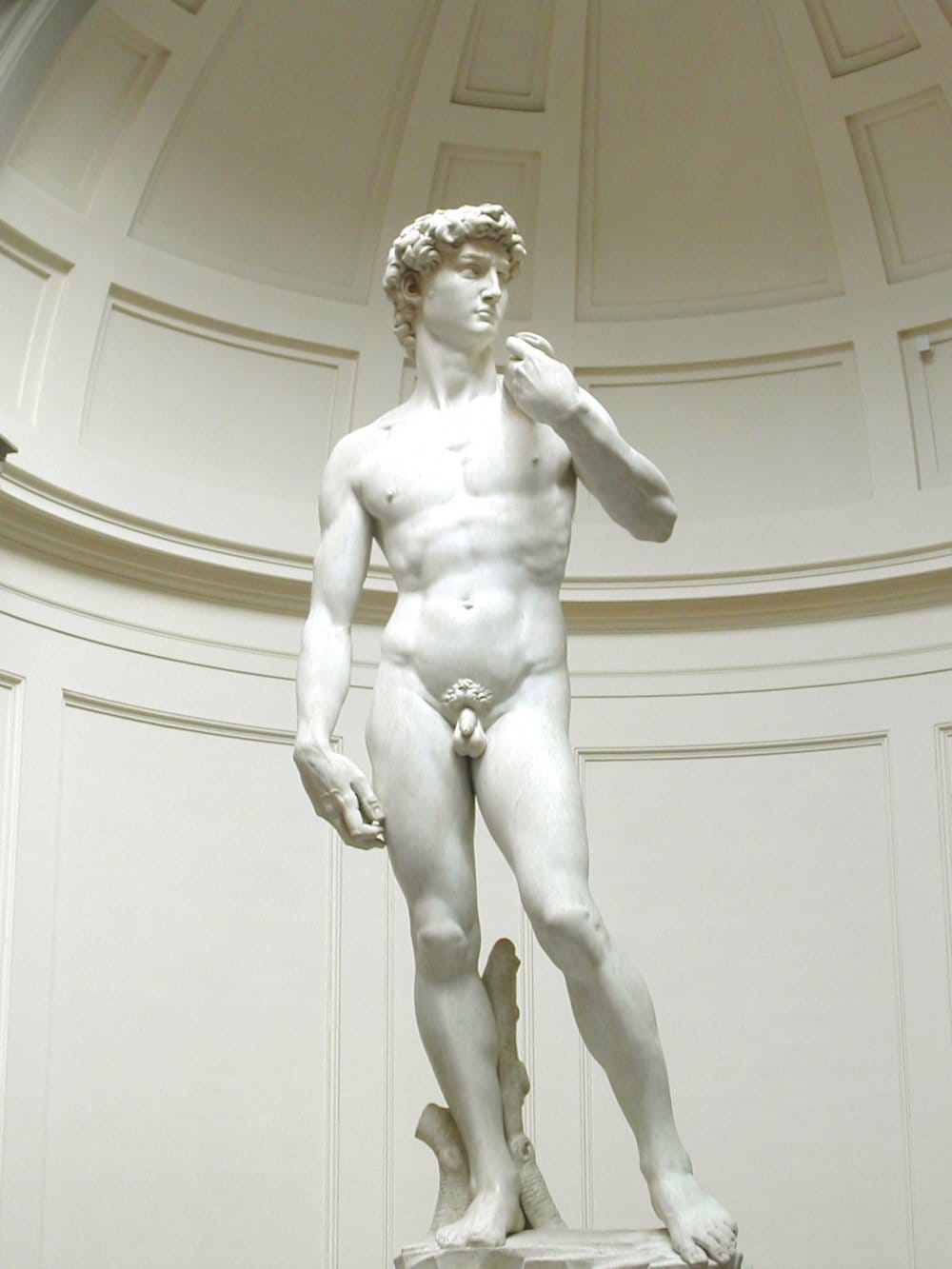
Unfortunately, very little has changed, and the hierarchy of the arts continues in the way described by Le Corbusier in 1918: ‘Decorative arts at the bottom, and the human form at the top. Because we are men’.
This focus on female artists often prompts the tired question ‘why are there no great female artists?’ It is a fair question? Where is the female equivalent of Botticelli? Turner? Picasso? The answer to this question will largely depend on who you ask.
If you ask the Evening Standard art critic Brian Sewell, he might tell you that ‘only men are capable of aesthetic greatness’, and that women’s inability to create art could be ‘something to do with bearing children’. If you ask Georg Baselitz, one of Germany’s leading painters, he might tell you that ‘women don’t paint very well. It’s a fact’, backing up this claim with the fact that ‘they don’t pass the market test’, despite work by impressionist Berthe Morisot being more than twice as expensive as his own.
However, if you ask Linda Nochlin, art historian at New York University, you might have a rather different response. Her 1971 essay, ‘Why have there been no great womenartists?’, argues that the lack of great female art is a result of centuries of oppression against women. Historically, the art studio, like many aspects of life, was closed to women, a male-dominated world.
The very few pre-19th century female artists are often daughters of other famous painters, such as Artemisia Gentileschi, daughter of Orazio Gentileschi, best known for her visceral work Judith Slaying Holofernes. These women were able to break out of the rigid social norms of the time thanks to their position and influence, but how can there be a legacy of great female painters if there is no way for women to access the arts?
For an example closer to home, we need do no more than walk down to Green Park and visit the Royal Academy; founded in 1768 to ‘promote the arts of design in Britain’, it took another century until the first women enrolled, in 1860. Even then, women were barred from life drawing until 1893, and even then the subject had to be partially clothed. It was not until 1936, nearly 200 years after it was founded, that a woman was elected to the Royal Academy. With such constraints placed on their training, it is hardly surprising that we have no female Turner.
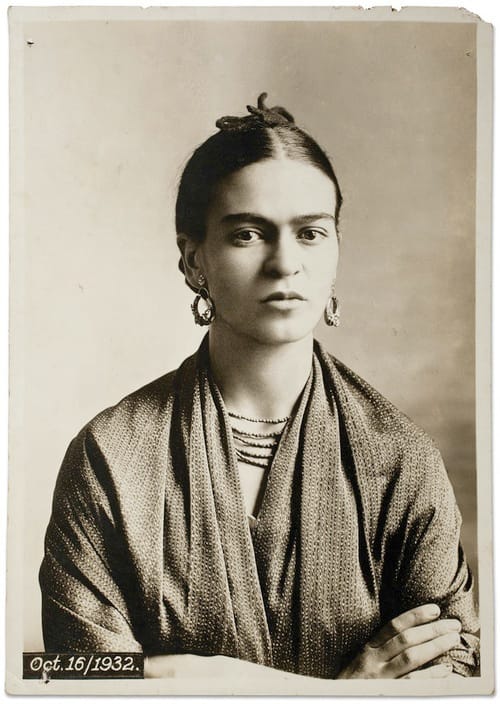
Another subject Nochlin touches upon in her essay is the idea of the ‘golden-nugget theory of genius’; within art history there is a tradition, stretching back centuries, of the ‘genius artist’, plucked from obscurity and somehow destined to make masterpieces. They possessed the ‘golden-nugget’ of genius, and therefore it was inevitable that this genius would rise to the surface, and the world would know them as a great painter, regardless of the circumstances.
Proponents of this theory may point to the Florentine painter Giotto, saying ‘Look! He was a mere shepherd’s boy before somebody noticed his doodles and took him on as an apprentice’. They point at Van Gogh and argue that even with his crippling seizures, he was still able to produce great art. They hold up Picasso and screech of how he was able to pass all the examinations for the Madrid School of Art – an examination that normally took a month – in a week, at the age of 15. Each example reinforces the idea of the ‘golden-nugget’, and tries to silence the feminist critic; ‘if they could do it, why couldn’t she?’ they ask. While many professors of art history are careful to be wary about the authenticity of such tales, the idea of the tortured, white, male genius has become deeply ingrained within the public consciousness; it is a myth that excludes females, rendering the world of classical art as a ‘Boy’s Club’.
‘Kathe Kollwitz’, one of the founding members of the Guerrilla Girls, believes that, while the Male Gaze, and the stereotype of the male genius artist have contributed to discrimination, nothing holds more power in the art world than cold, hard cash. When I ask her about the idea of the Male Gaze, she dismisses the idea, referring instead to ‘the male pocketbook’.
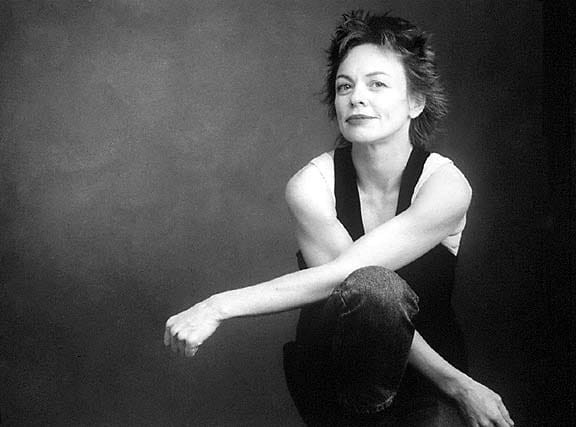
‘Most art collectors are wealthy men whose taste influences what artists are exhibited and collected by museums’, she says; “These men donate money and artworks to museums and sit on acquisition committees that help the curators decide what art to collect. Curators don’t really need help figuring this out, but they need trustees’ money to get the art. It doesn’t take a genius to realize that the system is ripe for corruption since collectors can promote acquisitions of work by artists they own, and that in turn makes their private collections more valuable”.
Linda Nochlin has said: “Those who have privileges inevitably hold on to them, and hold tight, no matter how marginal the advantage involved”, and when we look at the art world it is difficult not to see it as ‘Kathe Kollwitz’ does – a ‘playground of the 1%’.
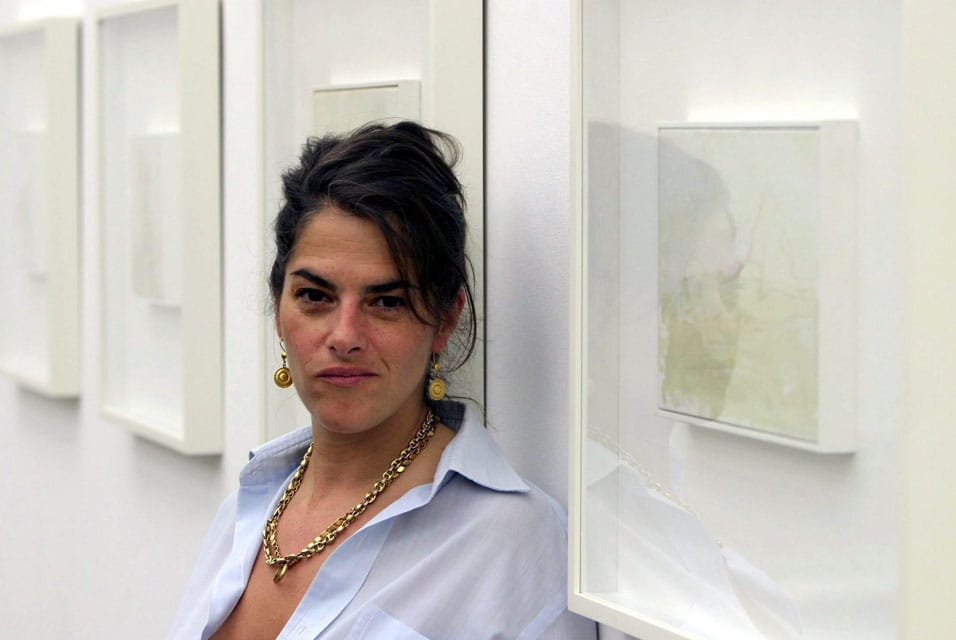
Things may sound bleak, but they are not hopeless. Organisations such as The Guerrilla Girls, and UK Feminista are tirelessly campaigning for major galleries to display more female artists, and ‘Kathe Kollwitz’ singles out the Tate Modern, Stockholm’s Moderna Museet, and the MoMA as examples of museums that are trying to do better. But they cannot do it alone.
In Lynn Hershman Leeson’s film ¡Women Art Revolution!, which documents the growth of feminist art, there is a particularly painful scene in which people are stopped outside the MoMA and asked to name three female artists. None can. Could you? The subjugation of female artists has to end; get in contact with the galleries, and ask them to address the imbalance. Find out more about artists like Louise Bourgeois, Tamara de Lempicka, and Cindy Sherman. Do not allow the plight of the female artist to be confined to the annals of history. The time for change is now!
Test:
Can you name all of the female artists that are in this article?
Answer:
Top to bottom: Yoko Ono, Yayoi Kasama, Frida Kahlo. Laurie Anderson, Tracy Emin


